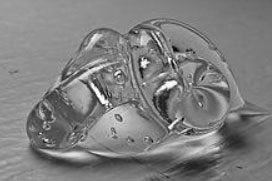Carbomer SAT-260 ‘Long Flow’ – Advanced Thickening for Cosmetics
Source Wikipedia
Innovative Thickening with Carbomer SAT-260 (CAS 9003-01-4)
Carbomer SAT-260 ‘Long Flow’ is a high-performance thickening agent designed to enhance the stability and texture of cosmetic formulations. As an acrylic acid polymer, it belongs to the widely preferred category of polymeric thickeners, offering superior viscosity control compared to inorganic (silica, bentonite) and cellulose-based alternatives. With over 50 years of cosmetic application experience, carbomers remain a fundamental component in modern formulations.
INCI Carbomer
CAS 9003-01-4

